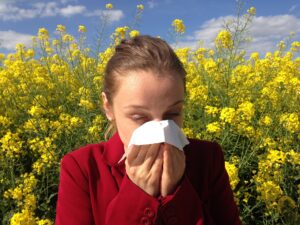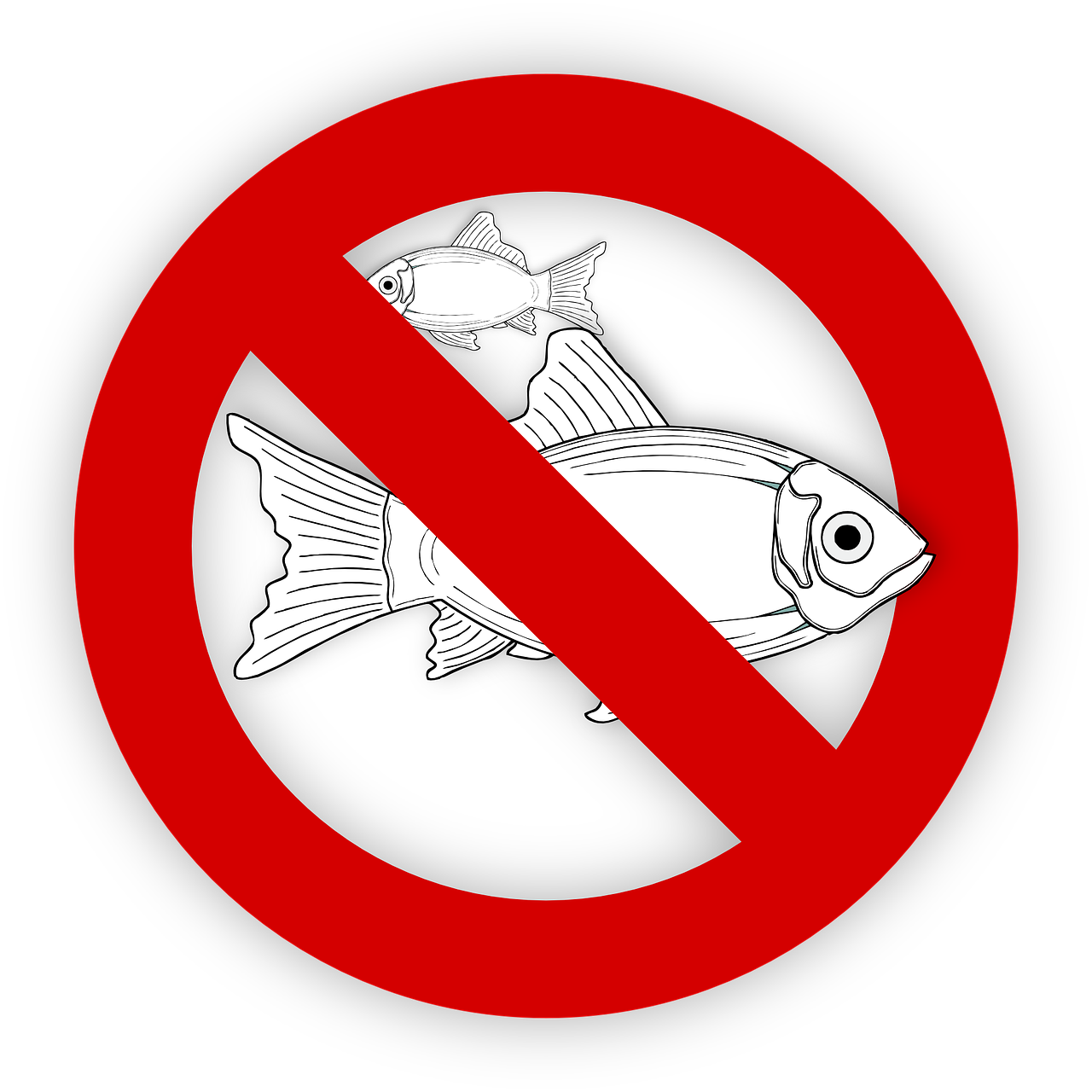Allergen Thresholds
We will be discussing about top allergens which are their in the foods naturally and their allergen thresholds levels. Food allergens are proteins found in certain foods that can cause an immune response in people who are allergic to them.
Even small amounts of these allergens can trigger an allergic reaction. The amount of allergen required to cause an IgE-mediated immune response can vary between individuals. Each food processing unit should strive to ensure the safety of their products for individuals with food allergies by providing accurate and informative labeling.
Proper measures should be implemented throughout the food chain starting from supplier selection till dispatch of food products to prevent cross-contamination of critical allergens. It is of utmost importance for everyone to know about allergen Thresholds levels.

List of Critical Allergens In Foods
Followings is a list of Critical Allergen in Foods. In addition to the commonly recognized allergens which are mentioned below, each food processing facility must also take measures to prevent the presence of allergens specific to the country where they manufacture the products.
- Milk
- Eggs
- Fish
- Shellfish
- Peanut
- Soya
- Tree Nuts
- Wheat
Protein components in foods that are known to cause allergies
Allergens are typically proteins, although other molecules such as polysaccharides can also cause an allergic reaction. However, these types of allergens usually only generate weak antibody responses and are not typically involved in IgE-mediated food allergies. Protein allergens are often robust, making them resistant to degradation by enzymes, heat, and acid. For example, allergens in peanuts and eggs remain stable even when heated at high temperatures and milk allergens are retained through condensation, evaporation, and drying.
It is crucial to identify the specific protein that causes a food to be an allergen when choosing a cleaning regimen and allergen test kit. This will ensure that the cleaning regime and test kit are appropriate and effective in detecting the allergen. To ensure this it is important to work closely with cleaning suppliers when selecting a cleaning regimen and allergen test kit
Allergen Thresholds Levels required to trigger an allergic reaction
A threshold dose refers to the minimum amount of a specific food that can cause mild symptoms in highly sensitive individuals. This is known as the lowest observed adverse effect level (LOAEL). Studies using double-blind, placebo-controlled food challenges (DBPCFCs) on panels of food allergy sufferers have shown that there is a specific threshold dose below which individuals will not have a reaction. However, there are no official guidelines for setting limits on the levels of allergens in food in relation to their labeling.

Preventing the spread of allergens from one food product to another
It is essential for every food manufacturing facility to have effective measures in place to prevent the spread of critical allergens from one product to another. This includes dedicating equipment and processes, separating ingredients, equipment, and processes through scheduling, sanitation, and separation, and proper labeling.
Segregating processes involves separating different allergen profiles through effective allergen changeover practices. This includes implementing validated allergen cleaning programs that not only remove allergens but also achieve a “visually clean” standard.




